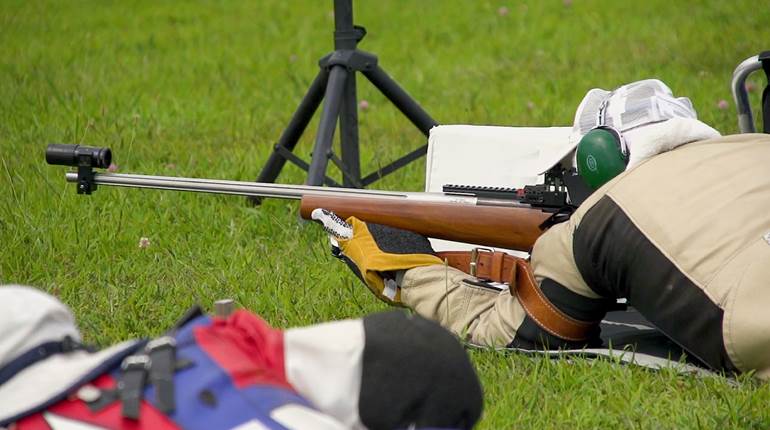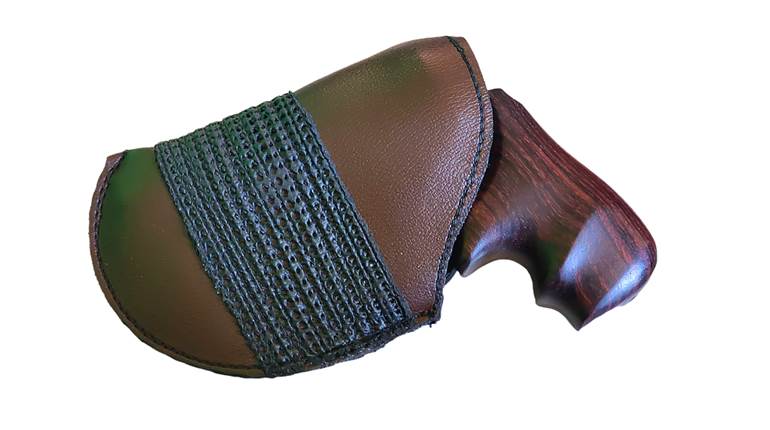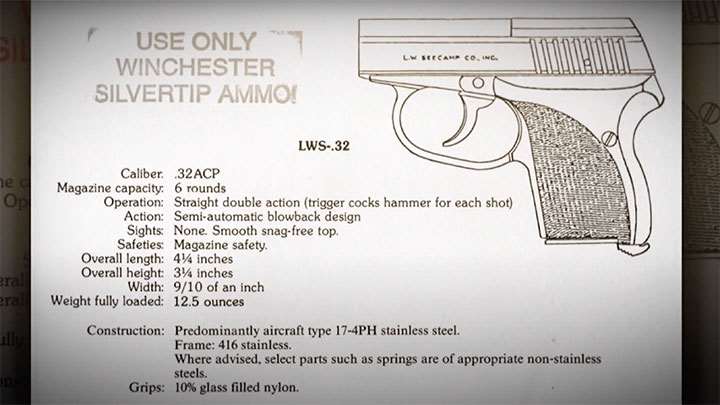
Seecamp started his own company, L.W. Seecamp Co., in 1973 as a pistolsmith and modification shop initially. The Seecamp company eventually began to produce its own small handguns, starting in 1981 with the released its first small pocket-size semi-automatic handgun chambered in .25 ACP, the LWS-25. The LWS-25 was later discontinued and replaced in 1985 by a second model chambered in .32 ACP, the LWS-32.
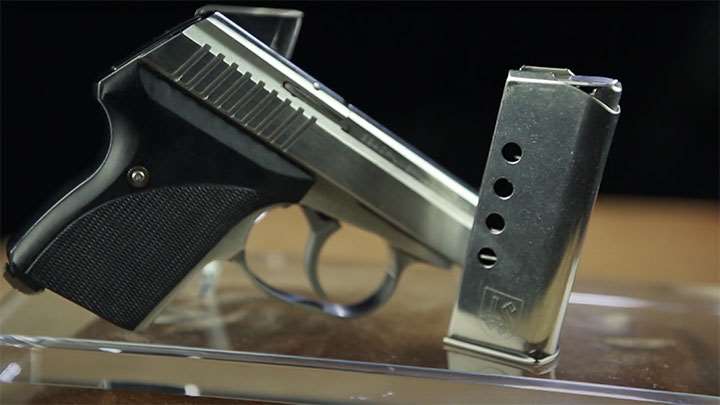
Unlike most other small pocket-size handguns commonly available at the time, the LWS pistols were made to a higher standard of fit and finish. The Seecamp company only had a handful of employees at its peak, and all the pistols were assembled and finished by hand. The LWS handguns were remarkably small for a semi-automatic design of the time at 4.25" long, 3.25" high, under 1" wide and with a weight of 12.5 oz. loaded with a six-round magazine for the LWS-32 model.
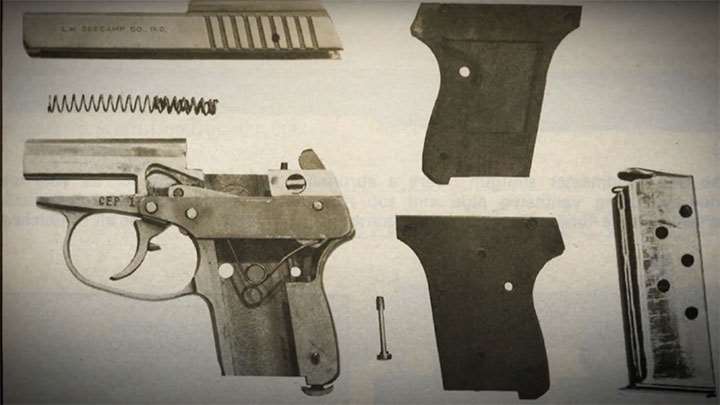
The LWS pistols are also unique in terms of design operation and features. The pistols use a chamber-ring delayed-block action, in which an angular ring cut into the chamber causes a delay in the rearward motion of the slide until chamber pressures drop to a safe level. The action also uses dual-nested recoil springs, a design feature that has become common in more recent compact handgun designs. Seecamp pistols also feature a double-action-only trigger with a hammer contoured with the back of the slide.
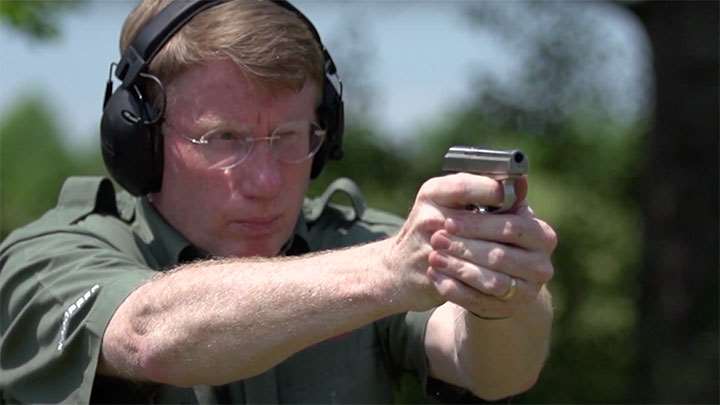
In many ways, the Seecamp LWS pistols paved the way for future generations of sub-compact handgun designs found in the market today. At the time of original production in the 1980s and 1990s, the LWS handguns were so popular and sought after by some circles that the prices in the secondary market were regularly higher than retail. During the height of demand, LWS handgun prices reached up to $2,000 per pistol and were selling out years in advance due to the slower output of the small Seecamp company.
After L.W. Seecamp passed away in 1989, his son took over the company and continued production of the LWS-32 out of a small shop in Milford, Conn. Production of the LWS handguns was taken over by Whaley Precision in 2014 and continues to the present day.
To watch complete segments of past episodes of American Rifleman TV, go to americanrifleman.org/artv. For all-new episodes of ARTV, tune in Wednesday nights to Outdoor Channel 8:30 p.m. and 11:30 p.m. EST.

